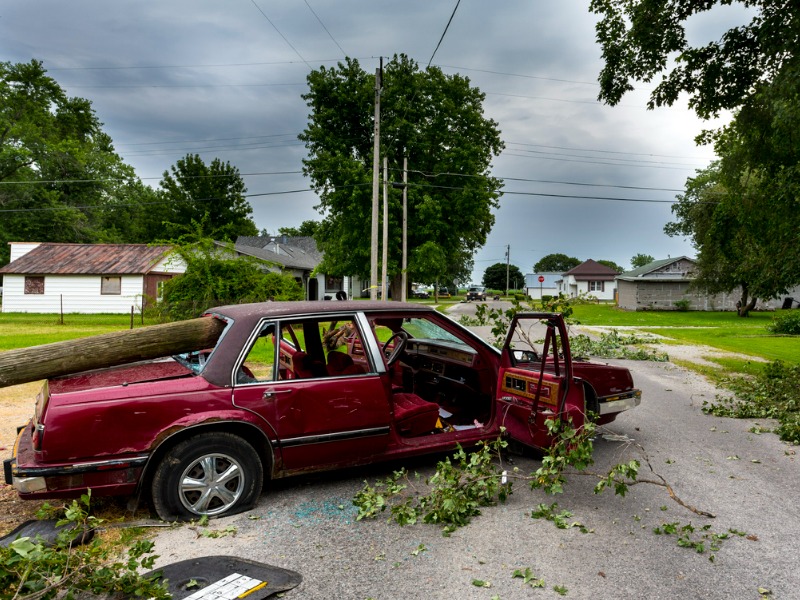What’s trending in auto loss combined ratios

Some Canadian auto insurers may be experiencing fewer losses than their U.S. counterparts, a new report from ratings agency Fitch suggested.
A mid-year review of U.S. personal auto segment results, based on filings for nine public company insurers that report quarterly, showed aggregate written premiums rose 10% from the prior year.
Despite that, the segment’s combined ratio – claims costs divided by premiums – remained in unprofitable territory at 100.4% during the first half of 2023. But that number’s an improvement over a 101.3% combined ratio in 1H22.
Some carriers Fitch reviewed reported year-over-year combined ratios that were weaker than the average – with Progressive Corporation being the only one to report a combined ratio below 100%. And, in the first half of 2023, several carriers posted combined ratios above 110%.
“Most U.S. personal auto insurers continue to report underwriting losses despite sharper improvement in premium rates, with the first half of 2023 marked by continued unfavourable claims severity and higher catastrophe related losses,” Fitch Ratings said. “Future profit improvement will continue to be hindered by unusually high loss severity.”
NatCat losses have likewise plagued Canadian insurers. In a recent earnings call, Intact Financial Corporation said it saw an elevated combined ratio (undiscounted) of 119.2% in its Canadian personal property segment in 2023 Q2, driven in part by twice the expected level of Cat losses.
“We’ve seen elevated levels of Cats in the past,” said Guillaume Lamy, Intact’s senior vice president of personal lines. “This quarter doesn’t change our expectation of Cats… We’re already pricing prudently under those weather events…”
However, in Canada, Intact’s personal auto undiscounted combined ratio was 91.2% (better than U.S. counterparts), while commercial lines stood at 89.5%.
Aviva Canada, meanwhile, posted an auto combined ratio around the break-even mark. “Our personal auto COR is around 100%,” said Jason Storah, CEO of Aviva Canada. “That’s not where we need it to be. We want it to be in the mid-nineties.”
Weather impacts auto
NatCat issues also surfaced in Fitch’s report, which noted numerous “convective storm events across the U.S. [which] created substantial losses in the homeowners’ market, but also added incurred claims to auto writers.”
The ratings agency said catastrophe losses were 2% of 1H23 earned premiums, compared to 0.9% in the same period a year earlier for this subject group.
In response, the report said auto carriers are becoming more aggressive about pricing and underwriting actions. It added Consumer Price Index data from the U.S. Bureau of Labor Statistics showed motor vehicle insurance costs jumped 10% on an annualized basis for each month since September 2022.
“Personal auto loss severity patterns spiked beginning in 2H21 tied to higher general inflation, with higher costs in particular for auto parts and components, repairs, medical costs and used vehicles,” Fitch noted. “Higher litigation and settlement costs also contribute to rising claims severity. Major auto writers continued to report sharp severity increases in their latest earnings releases.”
In terms of outlook, the report said that “more volatile, negative claims trends increase the likelihood of insurers reporting adverse development on personal auto loss reserves in the near term.”
Feature image by iStock.com/Pears2295







